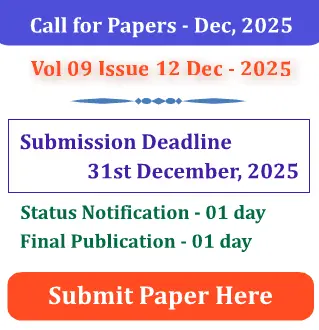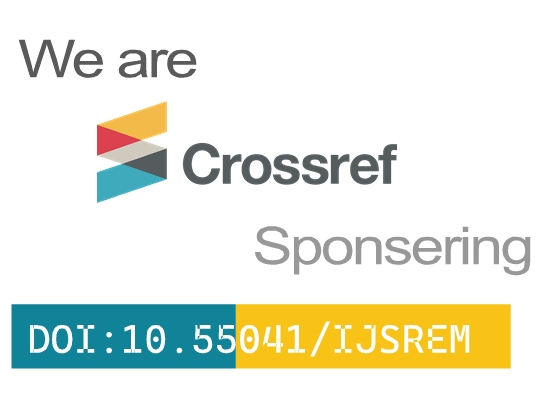Higher Education in India: Issues Related to Access, Equity, Efficiency, Quality and Internationalisation
Dr. Tripti Sharma
Assistant Professor , Department of Political Science
G. M. N. College ,Ambala Cantt
drtriptisharmagmn@gmail.com
Gurpreet Singh Bhatia
Assistant Professor (Management)
GGN Institute of Management and Technology Civil Lines Ludhiana
bhatia.gsin@gmail.com
Simranpreet kaur
Assistant professor
Department of Management Studies
CKD Institute of Management and Technology
Tarn taran, Punjab
kaursimranpreetsach@gmail.com
Abstract
India's higher education system, the second-largest in the world with 46.5 million students enrolled across 58,643 institutions in 2025, stands at a critical juncture of transformation and challenge. This comprehensive research paper examines five interconnected dimensions defining contemporary Indian higher education: access, equity, efficiency, quality, and internationalization. Drawing from the latest 2025 data including the National Education Policy 2020 implementation status, NITI Aayog reports, Parliamentary Committee findings, and QS World Rankings analysis, this study reveals persistent challenges alongside emerging opportunities. The Gross Enrollment Ratio (GER) has reached 32.5% for the 18-23 age group—significantly below the NEP 2020 target of 50% by 2035—while regional disparities show Chandigarh achieving 64.8% GER compared to Bihar's 25.5%. Equity gaps persist across gender, caste, region, and socioeconomic status, with women from Scheduled Castes and Scheduled Tribes facing compounded disadvantages. Efficiency concerns center on a catastrophic faculty shortage with 56.18% of professor positions vacant at premier institutions and student-faculty ratios reaching 30:1 against recommended 15:1. Quality challenges include research integrity crises with 32 Indian universities flagged for academic misconduct, NAAC accreditation controversies involving bribery scandals, and over 34,000 colleges operating without accreditation. Internationalization efforts under NEP 2020 show promise with foreign universities establishing campuses, yet India attracts only 50,000 international students annually while sending 1.3 million students abroad. This paper provides evidence-based analysis of systemic barriers, examines State Public Universities serving 81% of students as critical yet underfunded infrastructure, and offers comprehensive recommendations for transforming Indian higher education into a globally competitive, inclusive, and quality-driven system capable of leveraging India's demographic dividend.
Keywords: higher education India, access equity quality, NEP 2020, gross enrollment ratio, faculty shortage, internationalization, NAAC accreditation, research integrity, State Public Universities, educational policy







